Country selector

Corporate
Country Selector: Corporate

The Ascom Healthcare Platform has clinicians’ insights built into its very DNA. Each of its seven solutions has been designed in close cooperation with frontline caregivers. And to keep the solutions optimized, we’re continuously gathering clinicians’ feedback. Using it to refine the solutions, as well as our worldwide training and support programs.
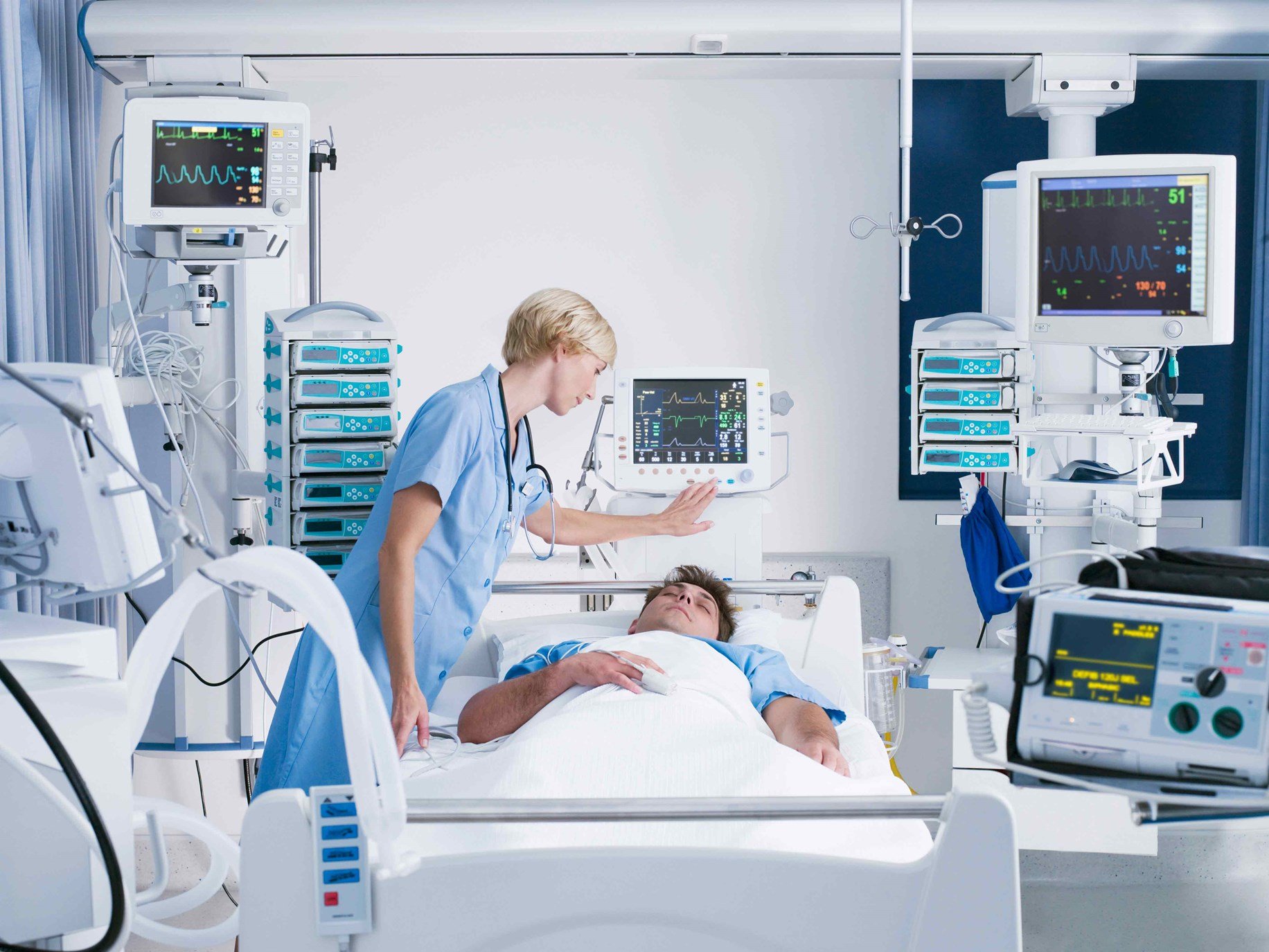
Audible alarms from medical devices should be heard by clinicians—not by patients. And especially by ICU and other critical care patients. That’s why we developed the Ascom silent medical alarms solution. So clinicians get the alerts and data they want. While patients get the rest they need.
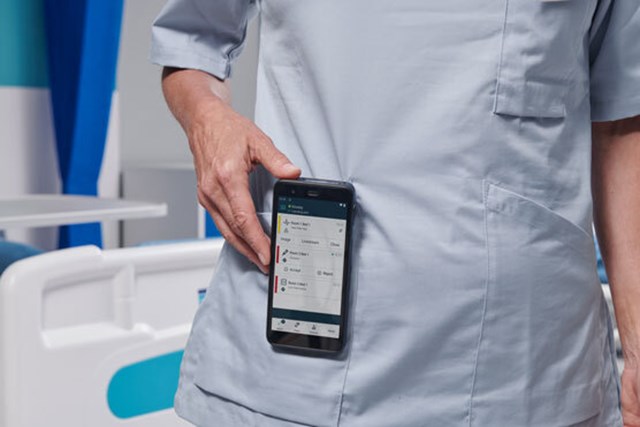
The Myco 4 smartphone puts the power of the Ascom Healthcare Platform in the palm of your hand. Helping you connect everyone in your team, coordinate care more effectively and less stressfully. What’s more, it has the latest in personal alarm features so you always feel safe at work.
We all want quieter ICUs. But what about reliably distributing bedside device alarm notifications? How can devices such as infusion pumps operate in silent mode—yet designated clinicians still get relevant alerts and data. See how Arcomed and Ascom worked together to solve these challenges.
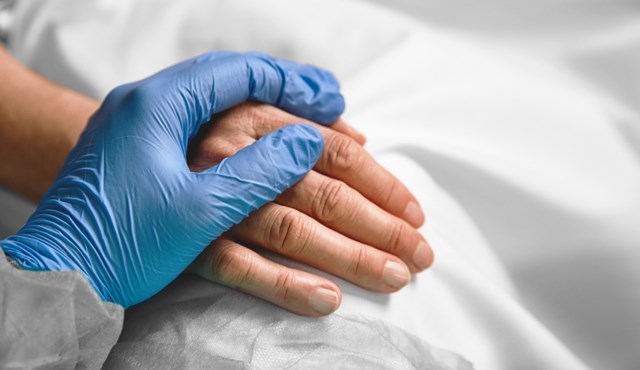
Ascom’s silent medical alarms solution increases peace of mind, so that important alarms won’t be missed. And it reduces caregiver cognitive burden by filtering non-actionable alarms; all this enabled by medical alarms being channeled to the appropriate professional.
Helping to provide a more comfortable environment and better recovery rates thanks to a quiet bedside environment in both ICU and stepdown units.
Crucially, the technology development work was done by clinicians. It meant we had genuine engagement with nurses and other stakeholders as we carefully planned the hospital from the start – taking in the views of estates, IT, domestic staff, porters, admin, allied health and medical staff.
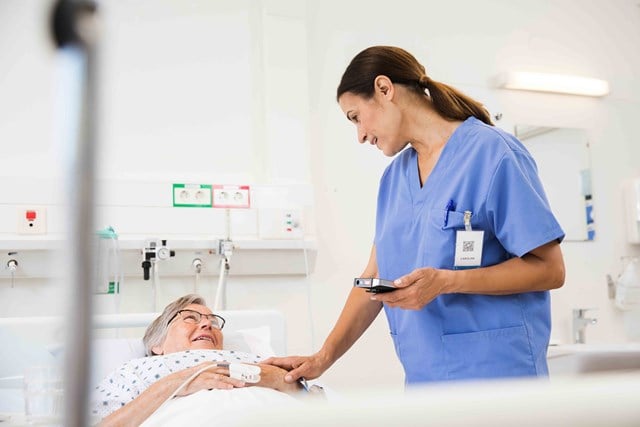
The Ascom silent medical alarms solution delivers alerts from silenced medical devices to designated clinicians’ smartphones, dashboards and/or PC monitors. That’s good news for patients who benefit from a quiet recovery environment. And good news for clinicians, who need near-real time data.
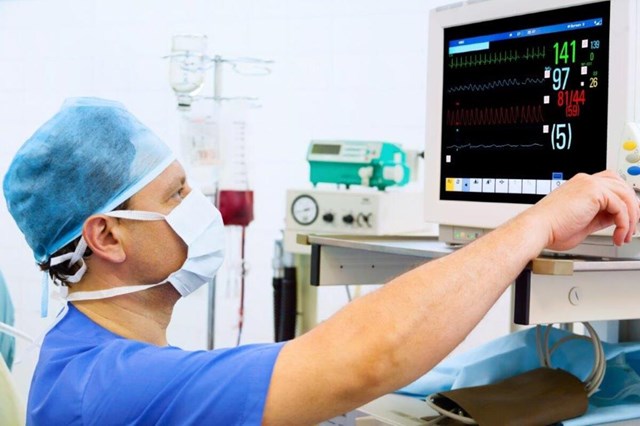
Alarms from medical devices contribute to noise levels and increase anxiety for patients and families. That’s where Ascom’s alarm software contributes to workflow effectiveness by avoiding unnecessary work interruptions. It can minimize noise and may help lower stress levels for staff, patients and families.
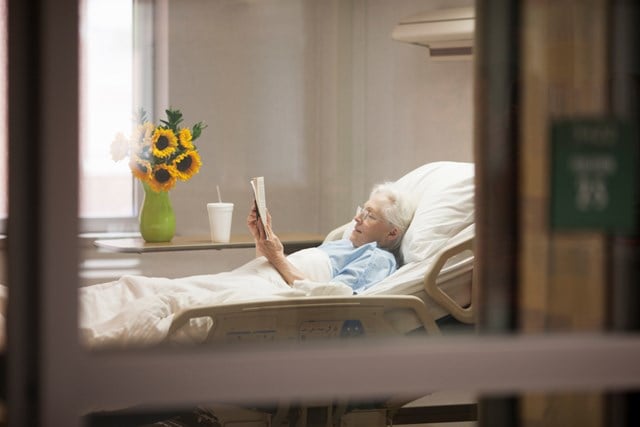
It’s important to have a quiet environment for patient healing. Ascom’s silent medical alarms solution allows for closed doors, which promotes privacy and well-being, as well as enabling best-practice hospital hygiene to reduce the risk of infectious spread, such as hospital acquired infections.
https://www.nursingtimes.net/news/coronavirus/global-increase-in-violence-against-nurses-since-pandemic-21-07-2022/
Journal of healthcare protection management: publication of the International Association for Hospital Security 26(1):81-99 DOI:10.1097/NNA.0b013e3181ae97db
https://www.who.int/activities/preventing-violence-against-health-workers
Joint Commission Center for Transforming Healthcare Releases Targeted Solutions Tool for Hand-Off Communications. Joint Commission Perspectives. August 2012, Volume 32, Issue 8.
https://www.healthitoutcomes.com/doc/healthcare-miscommunication-costs-lives-and-billion-0001
Factors associated with delayed rapid response team activation.Reardon, Peter M; Fernando, Shannon M; Murphy, Kyle; Rosenberg, Erin; Kyeremanteng, Kwadwo. Journal of critical care, 2018-08, Vol.46, p.73-78
Standards of Obstetric-Gynaecologic Services. 7th ed. Washington, DC: ACOG; 1989. American College of Obstetricians and Gynaecologist; p. 39.
https://www.ascom.com/customer-stories/chase-farm-customer-story/
https://www.ascom.com/customer-stories/chase-farm-customer-story/
Colliver, Victoria; Kaul, Greta; Allday, Erin. Medical equipment generates millions of alerts, 'alarm fatigue.' SFGate,12 November 2014.
Hospital Inpatient Falls across Clinical Departments. Mikos, Marcin; Banas, Tomasz; Czerw, Aleksandra; Banas, Bartłomiej; Strzępek, Łukasz; Curyło, Mateusz. International journal of environmental research and public health, 2021-08-02, Vol.18 (15), p.8167
Noise in hospital rooms and sleep disturbance in hospitalized medical patients. Park, Marn Joon; Yoo, Jee Hee; Cho, Byung Wook; Kim, Ki Tae; Jeong, Woo-Chul; Ha, Mina. Environmental health and toxicology. Eht, 2014, Vol.29 (29), p.6.1-6.6
Ryherd EE, Waye KP, Ljungkvist L. Characterizing noise and perceived work environment in a neurological intensive care unit. J Acoust Soc Am. 2008;123(2):747-756.
A Pragmatic, Stepped-Wedge, Cluster-controlled Clinical Trial of Real-Time Pneumonia Clinical Decision Support, Nathan C. Dean, Caroline G. Vines, Jason R. Carr, Jenna G. Rubin, Brandon J. Webb, Jason R. Jacobs, Allison M. Butler, Jaehoon Lee, Al R. Jephson, Nathan Jenson , Missy Walker, Samuel M. Brown, Jeremy A. Irvin, Matthew P. Lungren, Todd L. Allen. American Journal of Respiratory and Critical Care Medicine, https://doi.org/10.1164/rccm.202109-2092OC
An overview of clinical decision support systems: benefits, risks, and strategies for success. Reed T. Sutton, David Pincock, Daniel C. Baumgart, Daniel C. Sadowski, Richard N. Fedorak and Karen I. Kroeker. npj Digital Medicine (2020) 3:17; https://doi.org/10.1038/s41746-020-0221-y